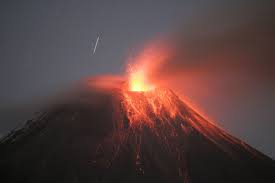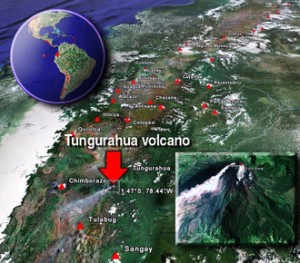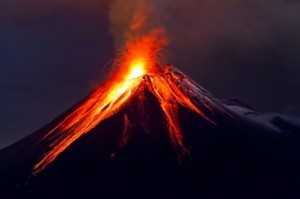There has been an uptick in 6.0+ earthquakes over the past weeks, and an increase in volcanic activity along these quake zones is to be expected.
Here is the recent line-up of volcanic eruptions today:
- Tungurahua, Ecuador
- Shiveluch, Russia
- Sinabung, Indonesia
- Shishaldin, USA
- Chirpoi, Russia
- Dukono, Indonesia
- Karymsky, Russia
- Kilauea, USA
- Rabaul, Papua New Guinea
- Tara, Batu, Indonesia
Many volcanic eruptions can spawn wildfires, so heads up in these regions.



